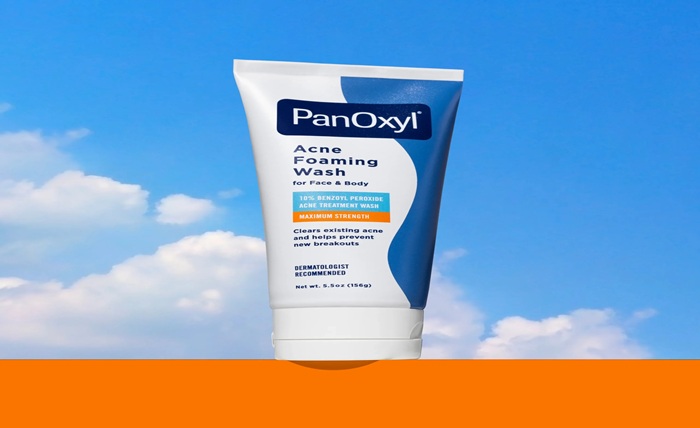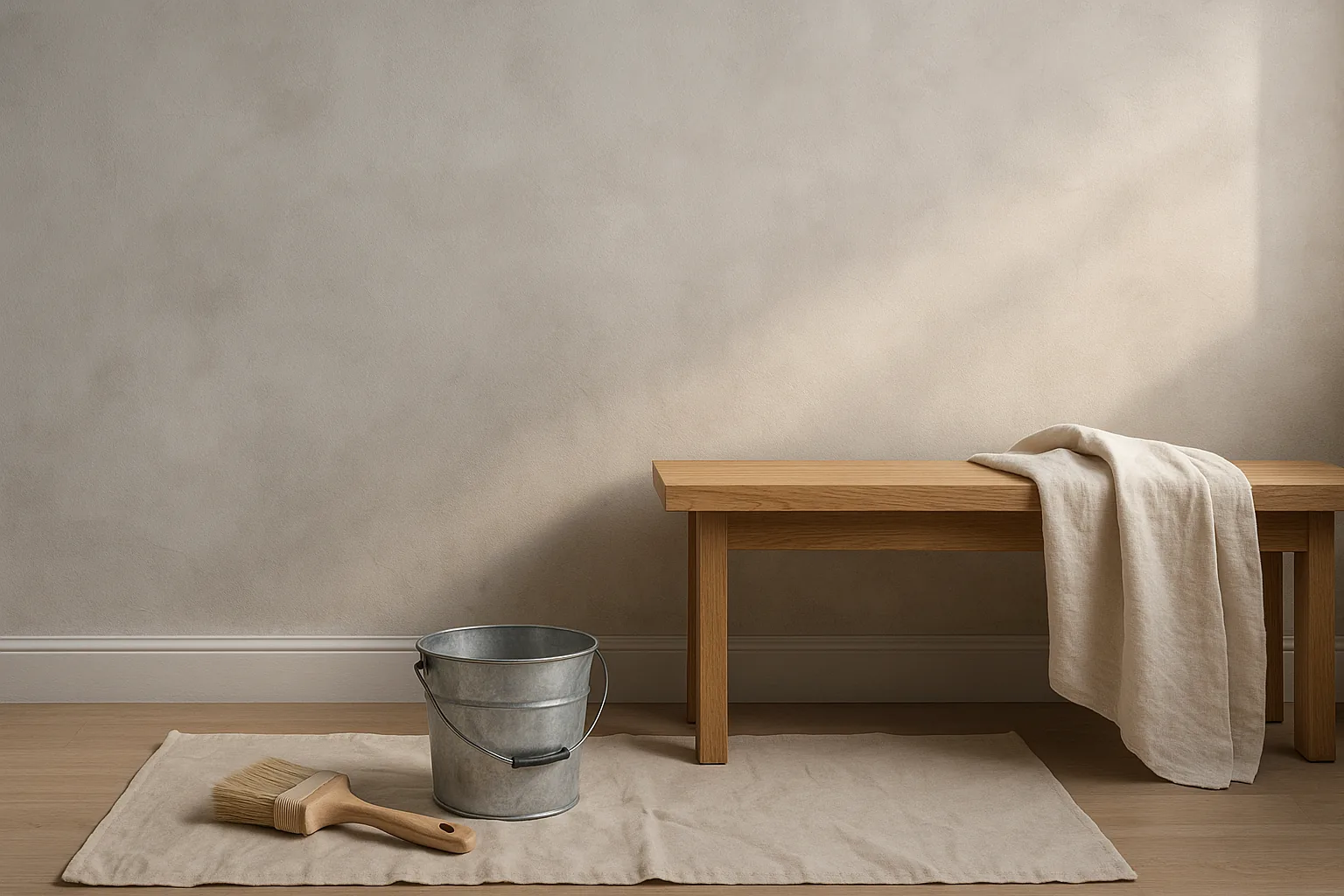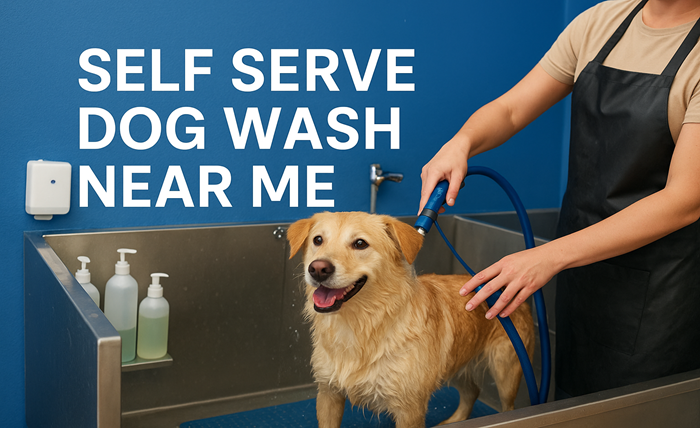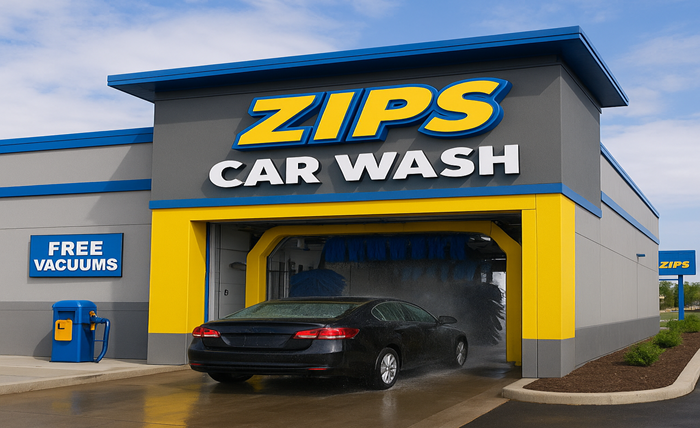Overview
Benzoyl peroxide wash is one of the most well-known and dermatologist-recommended acne treatment options. It has been a mainstay in many skincare regimens because of its reputation for eliminating bacteria that cause acne, lowering excess oil, and unclogging pores. Whether you suffer from body acne, recurrent outbreaks, or obstinate acne, a benzoyl peroxide wash can help you achieve clearer, healthier skin.
In this guide, we’ll cover what it is, how it works, its benefits, possible drawbacks, proper usage, and expert tips to get the best results.
What is Benzoyl Peroxide Wash?
A common topical drug used to treat mild to moderate acne is benzoyl peroxide (BPO). It is available in a variety of forms, such as face cleansers, gels, and creams. A cleanser with a particular concentration of this active ingredient—usually between 2.5% and 10%—is known as a benzoyl peroxide wash.
Because it is applied to the skin for a brief amount of time before being rinsed off, this type of product is milder and better suited for those with sensitive skin compared to leave-on treatments. It works particularly well for curing acne on the back and chest, which are larger body parts.
How Does It Work?
One of the best acne-fighting substances on the market is benzoyl peroxide wash, which works in several ways:
-
Eliminates bacteria – It targets Cutibacterium acnes (formerly Propionibacterium acnes), the bacteria responsible for inflamed pimples.
-
Unclogs pores – BPO enters the pores deeply and aids in the removal of dead skin cells and oil buildup.
-
Reduces oil production – Excessive sebum, one of the main causes of acne, can be controlled with regular use.
-
Prevents antibiotic resistance – Unlike oral antibiotics, bacteria do not develop resistance to it, making it effective long-term.
This multipronged approach treats existing pimples while preventing new ones from forming.
Benefits of Using This Cleanser
Dermatologists commonly suggest products with benzoyl peroxide for acne management for several reasons. Using a benzoyl peroxide wash consistently can deliver benefits such as:
-
Effectiveness on multiple acne types, including blackheads, whiteheads, and inflamed pimples.
-
Fast-acting relief, with some people noticing improvement within a few days to weeks.
-
Convenience for body acne, especially in hard-to-reach areas like the shoulders and back.
-
Accessibility and affordability, as it is available over-the-counter in most pharmacies.
-
Compatibility with other treatments like retinoids, adapalene, or salicylic acid.
-
Long-term prevention of new breakouts by minimizing bacterial buildup and keeping pores clear.
Choosing the Right Strength and Formula
There are several concentrations of benzoyl peroxide washes, and selecting the appropriate one is crucial to preventing irritation while still getting results:
-
2.5% – Ideal for beginners or those with sensitive skin. Gentle but effective.
-
5% – A balanced choice for mild to moderate acne, offering stronger results with manageable dryness.
-
10% – Best for stubborn breakouts or body acne. Often too harsh for facial use.
Formulations also matter. Foamy washes are excellent for oily skin, while creamy ones soothe dryness. Choosing the right benzoyl peroxide wash formula ensures you treat acne effectively while protecting your skin barrier.
How to Use It Effectively
To get the most from a benzoyl peroxide wash, follow these steps:
-
Start with once daily, or every other day for sensitive skin, then increase gradually.
-
Wet your skin, lather the cleanser, and let it sit for one to two minutes before rinsing thoroughly.
-
Follow up with a non-comedogenic moisturizer to prevent dryness.
-
Apply sunscreen daily, as BPO can increase sun sensitivity.
-
Avoid overuse to prevent peeling, redness, or irritation.
-
For body acne, apply during your shower routine, focusing on breakout-prone areas like the back and chest.
Consistency is key—results often take 4–6 weeks to become noticeable.
Potential Side Effects and Precautions
Even though a benzoyl peroxide wash is generally safe, some users may experience side effects, particularly in the first few weeks:
-
Dryness and flaking
-
Redness or mild irritation
-
A brief burning or tingling sensation
-
Bleaching of fabrics like towels or pillowcases
Who Should Be Cautious?
-
Those with very sensitive or eczema-prone skin may find it too harsh.
-
Pregnant or nursing individuals should consult a doctor first.
-
People on strong acne treatments (like isotretinoin) should check with a dermatologist before combining.
If irritation becomes severe, reduce frequency or switch to a lower concentration.
Tips for Maximizing Results
To make the most of your benzoyl peroxide wash, keep these tips in mind:
-
Be patient—consistent use for several weeks is necessary for visible results.
-
Pair with other treatments carefully (e.g., salicylic acid in the morning, retinoids at night).
-
Keep your skincare routine simple to avoid overloading with too many actives.
-
Don’t skip applications, as consistency is crucial for long-term effectiveness.
-
Adjust your regimen seasonally: lighter in summer, richer in winter for hydration.
Frequently Asked Questions (FAQ)
1. Can it be used every day?
Yes, but start slowly. Many people use a benzoyl peroxide wash once daily and adjust based on skin tolerance.
2. Is it better than salicylic acid?
Both are effective. Salicylic acid exfoliates clogged pores, while benzoyl peroxide kills acne-causing bacteria. Many routines combine the two.
3. How long should I leave it on?
One to two minutes is usually sufficient before rinsing. Longer contact does not improve results and may increase irritation.
4. Can it clear acne scars?
No, it doesn’t treat scars directly. Instead, it prevents new breakouts. For scars, retinoids or chemical exfoliants are more effective.
Conclusion
A benzoyl peroxide wash is a powerful, easily accessible, and dermatologist-recommended acne solution. Its ability to eliminate bacteria, regulate oil, unclog pores, and prevent new breakouts makes it one of the most trusted treatments in skincare. While dryness or irritation may occur, choosing the right concentration, applying it correctly, and pairing it with moisturizer and sunscreen can minimize side effects.









